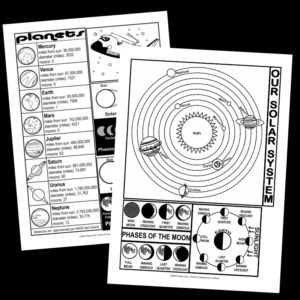Showing 41–60 of 129 resultsSorted by latest
-
 $3.00Buy Now
$3.00Buy NowStudying ‘Force & Motion‘ in your classroom? This resource has been designed to help students gain a greater understanding as well as to help them retain the information they are learning!
Includes 2 Mini-Books:
- 1 for instructional Use (Will help with understanding)
- 1 for students to complete (Will help with retention of knowledge)
-
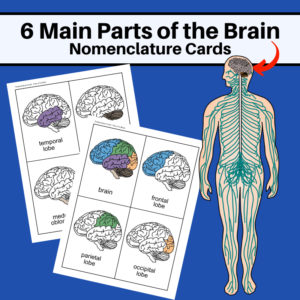 $2.00Buy Now
$2.00Buy Now6 Main Parts of the Brain – Human Anatomy Nomenclature Cards – This resource will help students learn and study the following parts of the brain: frontal lobe, parietal lobe, occipital lobe, temporal lobe, cerebellum and the medulla oblongata.
-
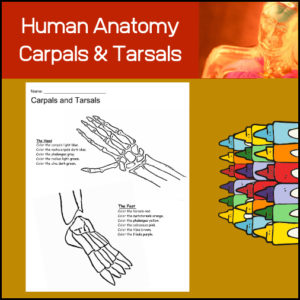 $1.25Buy Now
$1.25Buy NowOn this one page worksheet titled Carpals and Tarsals, students identify the bones of the hands (+ wrist and lower arm) and feet (+ lower leg): carpals, metacarpals, phalanges, radius, ulna, tarsals, metatarsals, phalanges, calcaneus, tibia and fibula.
Suggested uses: Use in a Science center when studying human anatomy, give as homework or use as a quick quiz. Answer key is provided.
-
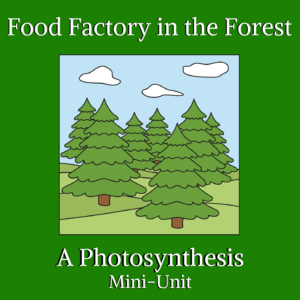 $1.99Buy Now
$1.99Buy NowThis cross-curricular resource will inform and assess students’ understanding of the basic process of photosynthesis. Includes both close reading and a cloze activity.
-
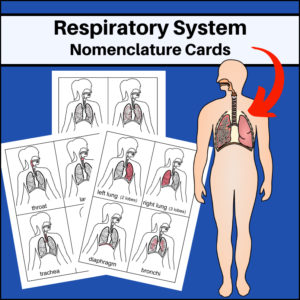 $2.00Buy Now
$2.00Buy NowRespiratory System – Human Anatomy Nomenclature Cards – This resource will help students learn and study the location of the following parts of the respiratory system: left lung, right lung, diaphragm, bronchi, bronchioles, alveoli, sinus cavity, nose, throat, larynx, trachea, and pleura. There are also 4 extra diagrams with no labels for you to use as you wish…such as give to students to have them color in and label the cards for themselves!
-
 $1.75Buy Now
$1.75Buy NowThis cross-curricular (Language Arts – Science) informational article has been designed to help students gain a better understanding of why some animals in our world are endangered. The article will list causes such the need for more land and food for humans as well as pollution and hunting. Students will also be given several examples of animals from around the world that are in danger and what we need to learn in order to make plans to help them survive.
-
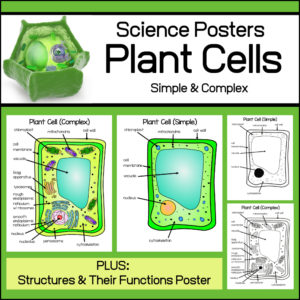 $2.25Buy Now
$2.25Buy NowThis Science / Biology resource offers 5 posters – Color posters which are perfect for bulletin boards or centers and B/W posters which are great to use as student handouts.
-
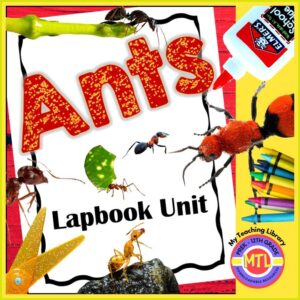 $7.00Buy Now
$7.00Buy NowStudents love studying insects and the ‘common’ ant may not seem so common after this unit where they will learn all about ants! Ants have some unique capabilities and there are more than 10,000 known ant species around the world. This resource is an interactive, hands-on Science project that will engage your classroom in student centered learning.
🐜During the process, students will learn about…
- – Life Cycle of an Ant
- – Types of ants
- – Social structure of an Ant Colony
- – Food and Habitat of Ants
- – Ant Communication
- – Ant Predators
- – Positive and Negative Ecosystem Impact of Ants
- – Anatomy of the Ant…and more!
After completion, students will have a beautiful 3D project to keep. Projects can be individual or you can assign as a cooperative learning activity.
🐜 Includes:
- Informational text about ants (life of the ant, communication, food, appearance, anatomy, habitat and more)
- Posters and diagrams of life cycle and ant anatomy
- Flash cards of 15 different types of ants (pics and information)
- Fun fact cards
- Suggested vocabulary (with definitions)
- Templates for project
- Template instructions / Project instructions
-
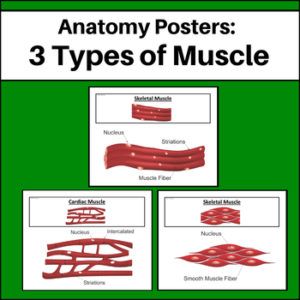 $2.00Buy Now
$2.00Buy NowPerfect for any Biology / Anatomy Classroom teaching human anatomy: Anatomy Posters – Types of Muscle. These 3 colorful posters will help students quickly identify each type of muscle (Cardiac, Skeletal, Smooth) as well as the parts of each muscle.
-
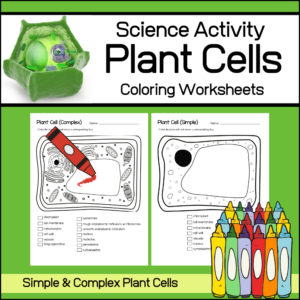 $1.25Buy Now
$1.25Buy NowInteractive Science learning – This resource includes 2 coloring worksheets: Simple Plant Cell and Complex Plant Cell. As students color (identify) each part, they will also create a corresponding key.
Structures to be identified and colored:
1. Simple Plant Cell – cell wall, mitochondria, chloroplast, cell membrane, vacuole, nucleus, cytoskeleton
2. Complex Plant Cell – cell wall, mitochondria, chloroplast, cell membrane, vacuole, Golgi apparatus, lysosomes, rough endoplasmic reticulum w/ ribosomes, smooth endoplasmic reticulum, nucleus, nucleolus, peroxisome, cytoskeleton
-
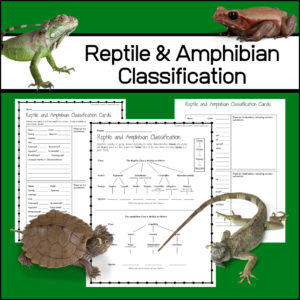 $2.25Buy Now
$2.25Buy NowThis Science / Biology resource includes 2 student exercises plus classification card templates that can be used for centers, projects and more.
-
 $2.25Buy Now
$2.25Buy NowThis Science / Biology resource offers 2 labeled posters showing the structures and organelles of an animal cell! I’ve also included a handout detailing the major function(s) of each structure/organelle. Structures and organelles include: centrosome, plasma membrane, mitochondria, vacuole, Golgi apparatus, ribosome, lysosomes, rough endoplasmic reticulum, smooth endoplasmic reticulum, nucleus, nucleolus, peroxisome, cytoplasm
-
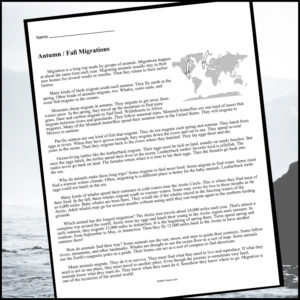 $1.00Buy Now
$1.00Buy NowAutumn / Fall Migration – Informational Text is a 5 page resource that will give students valuable information about the migration of many types of animals from around the world that migrate every Autumn.
Information in the text includes:
- What migration is
- What type of animals migrate (examples)
- Why animals migrate
- Which animal has the longest migration
- How animals find their way
After students read the one page of informational text, there are 3 additional student pages to answer questions (multiple choice, short answer and essay).
Flesch-Kincaid Grade Level: 5
-
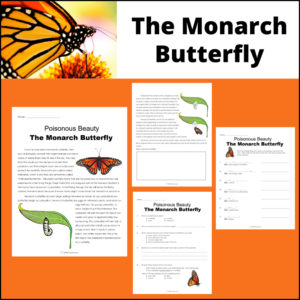 $1.50Buy Now
$1.50Buy NowThis Science article teaches students facts about the monarch butterfly! This resource includes 2 pages of informational text and 3 student activity pages.
-
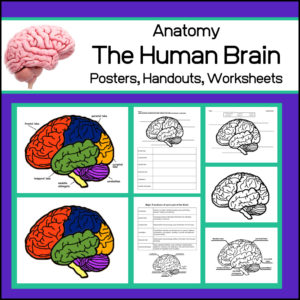 $3.00Buy Now
$3.00Buy NowThis Science / Biology / Health resource will help your students learn the different sections of the brain and the major functions of each. Sections included: frontal lobe, parietal lobe, occipital lobe, temporal lobe, cerebellum and medulla oblongata.
-
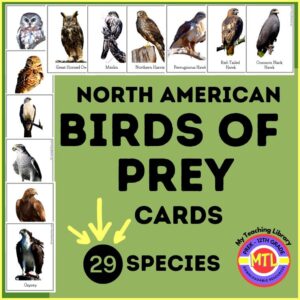 $3.00Buy Now
$3.00Buy NowNorth American Birds of Prey Cards includes 29 species of birds! These cards include beautiful colored images of each bird and include 2 sets: labeled and unlabeled.
Use alone or alongside: North American Birds of Prey Notebooking / Report Pages
Birds:
• Great Gray Owl
• Ferruginous Hawk
• Common Black Hawk
• Red-Tailed Hawk
• Barred Owl
• Barn Owl
• Short-Eared Owl
• Prairie Falcon
• Swainson’s Hawk
• Snowy Owl
• Turkey Vulture
• Eastern Screech Owl
• Burrowing Owl
• American Swallow-Tailed Kite
• Elf Owl
• Osprey
• American Kestrel
• Peregrine Falcon
• Bald Eagle
• Northern Goshawk
• Merlin
• Golden Eagle
• Northern Harrier
• Northern Saw-Whet Owl
• Crested Caracara
• Great Horned Owl
• Sharp-Shinned Hawk
• Harris Hawk
• Long-Eared Owl -
 $2.00Buy Now
$2.00Buy NowHand, Arm & Food – Human Anatomy Nomenclature Cards – This resource will help students learn and study the location of the following parts of body parts: Hand (palm, thumb, index, middle, ring, pinky, fingernails, wrist; Arm (elbow, forearm, wrist, upper arm, shoulder); Foot (sole, ball, toes, ankle, toenails, heel); Leg (thigh, knee, calf, shin, kneecap, hip).
-
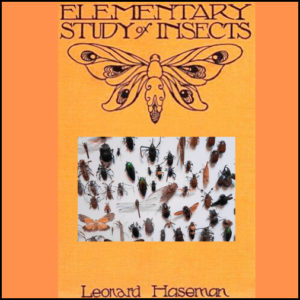 $2.00Buy Now
$2.00Buy NowThis is a downloadable copy of the book.
About the book: This book was written in 1923 by Leonard Haseman and can be a good tool to use when beginning to study insects. -
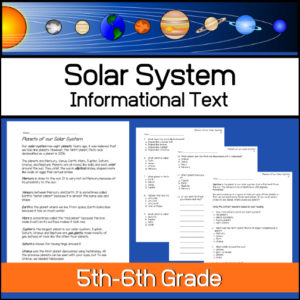 $1.75Buy Now
$1.75Buy NowHelp students develop their reading comprehension skills as they gain knowledge about the planets within our solar system with this informational article and assessment questions. This has been written for 5th-6th grade classrooms. The assessment includes 11 multiple choice questions, 1 opinion, short answer question and asks students to draw the planets in relation to the sun. Answer Key provided.
Flesch-Kincaid Grade Level: 6.5
Grade level: Sixth Grade
Automated Readability Index: 5.5
Grade level: 8-9 yrs. old (Fifth graders)


